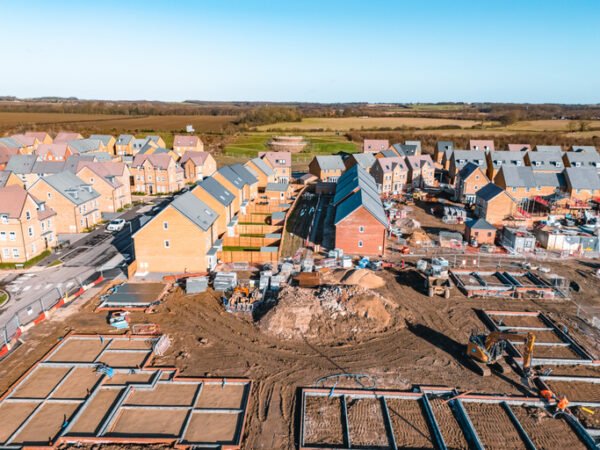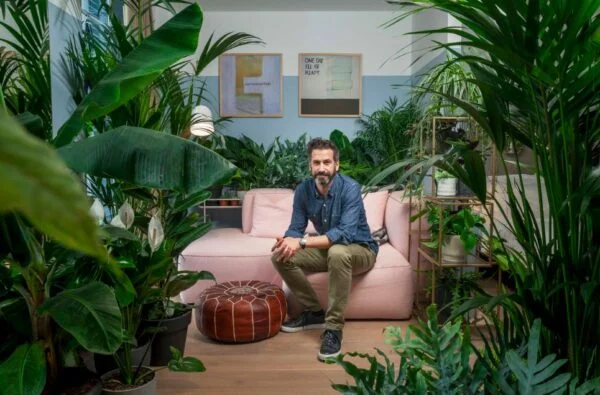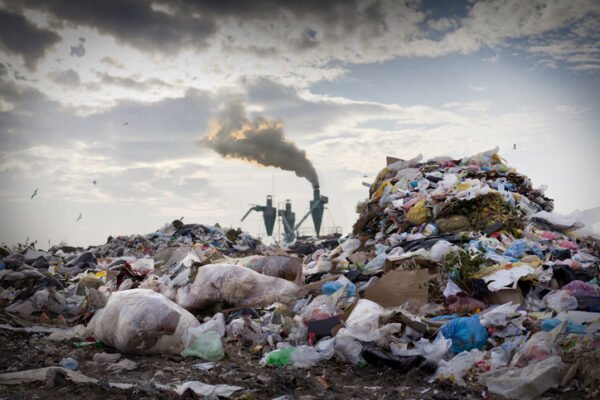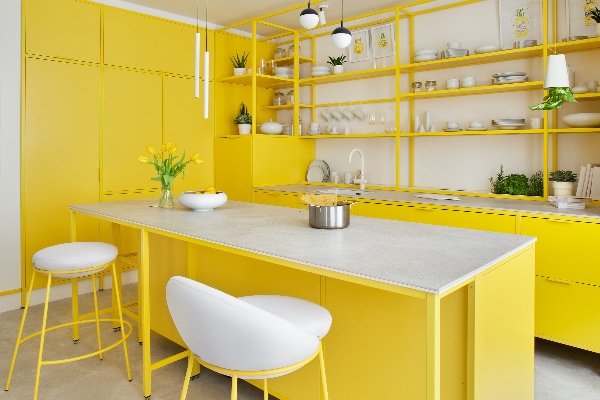When Alison and Matthew Grey decided to buy a Victorian pumping house in Newgate Street village, near Cheshunt, Hertfordshire, they agreed to allow Channel 4 to follow the project’s progress for the TV series Restoration Man.
The programme, which aired at the beginning of January, followed the Greys throughout 2013 as they struggled to keep costs down; they wanted to create a modern family home without compromising any of the building’s design integrity.
‘Our biggest challenge was deciding how to replace the windows, which are a major feature of the building’, explains Alison Grey. ‘George Clark, the presenter, called us restoration heroes because we spent almost half our allocated budget on steel window frames which were much more sympathetic to the original design than the UPVC ones we inherited.’
A large chunk of the programme focused on the couple’s angst over the cost of metal versus plastic or wooden window frames. Unfortunately, that meant that the show didn’t cover Alison and Matthew’s commitment to installing renewable technology in as much detail as they’d have liked.
Renewable heating
‘We filmed quite a bit on why we had chosen to install an Ecodan heat pump for our heating, photovoltaic panels to help generate electricity and a Lossnay heat recovery ventilation unit, but most of this ended up on the cutting room floor’, says Alison.
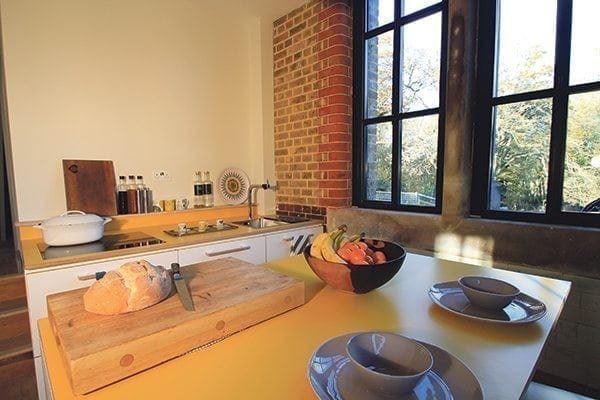
In fact, the couple spent almost as much time on their research into renewable heating as they spent researching the windows. ‘We knew that heating a building of this size would be extremely costly without some form of sustainable energy’, Alison explains.
The Greys sought the advice of Tony Owen of AOS Solar, installers of renewable technology across Hertfordshire, Essex and North London. Thanks to its certification under the Microgeneration Certification Scheme (MCS), AOS Solar’s customers are also eligible for any available government-funded grants, such as the Renewable Heat Incentive (RHI).
‘When we spoke to our installer about heating and looked at the options on the market, there was a clear winner’, said Alison. ‘Ecodan was streets ahead of other heat pumps in terms of performance, flexibility and support from the manufacturer.’
The building
Built around 1888 on Darnicle Hill, the pumping house drew water from an aquifer via a 250ft bore hole that served Cheshunt and the surrounding area. It was decommissioned in 1970 and passed through various owners before the Greys bought it for £750,000 in 2012.
 The late Victorian industrial building still has many of its original features. The stock brick walls have rubbed red brick window and door arches, terracotta dressings and decorative console brackets supporting the cast iron gutters.
The late Victorian industrial building still has many of its original features. The stock brick walls have rubbed red brick window and door arches, terracotta dressings and decorative console brackets supporting the cast iron gutters.
During the initial stages of development the family lived in the old boiler room, which had been converted by the previous owner. Phase one saw the complete renovation and refurbishment of the building’s pump room as the Greys stripped everything back to the bare brickwork.
‘Our first step was to take everything back to basics and see what we could retain and incorporate to give the building the credit it deserved’, says Alison, who project managed most of the renovation while on maternity leave following the birth of the couple’s second child.
The original glazed brickwork and sandstone detailing around the windows were renovated by experts, and became a feature in the new clean and modern design of the family home. This is one of the simple things that, for Restoration Man presenter George Clark, showed Alison and Matthew were ticking all the right boxes to get a sympathetic but modern restoration.
 Play Video about This Rock Might Just Save The World
Play Video about This Rock Might Just Save The World Play Video about Play 2 hours of rock
Play Video about Play 2 hours of rock Play Video about Play 2 hours of brook
Play Video about Play 2 hours of brook Play Video about Play 2 hours of sheep
Play Video about Play 2 hours of sheep



















 The late Victorian industrial building still has many of its original features. The stock brick walls have rubbed red brick window and door arches, terracotta dressings and decorative console brackets supporting the cast iron gutters.
The late Victorian industrial building still has many of its original features. The stock brick walls have rubbed red brick window and door arches, terracotta dressings and decorative console brackets supporting the cast iron gutters.





